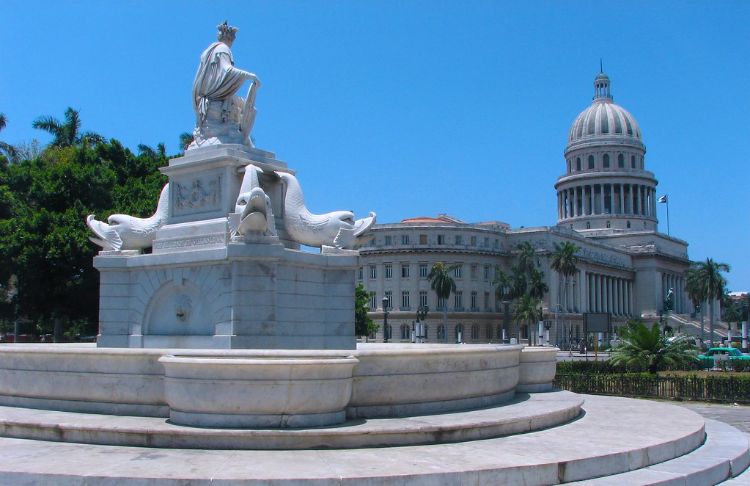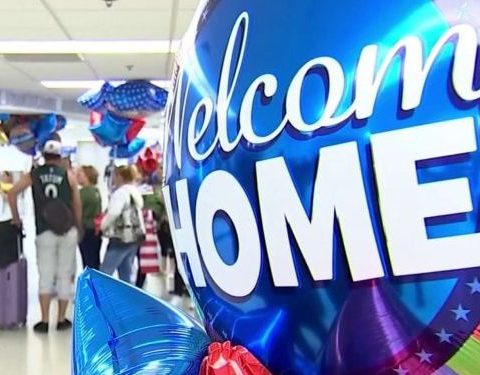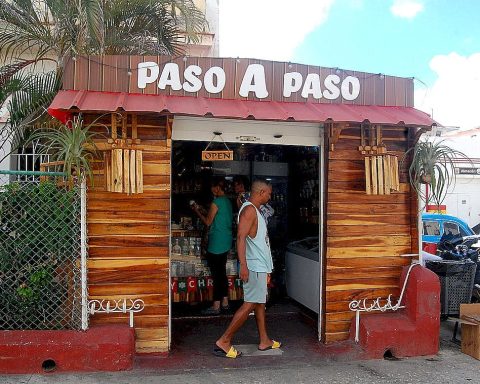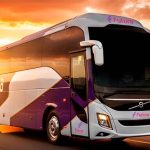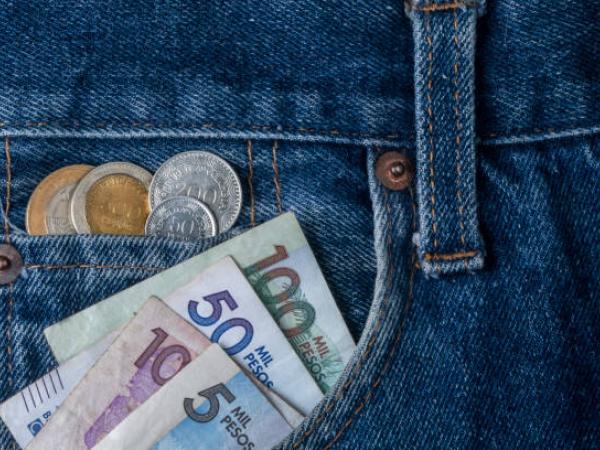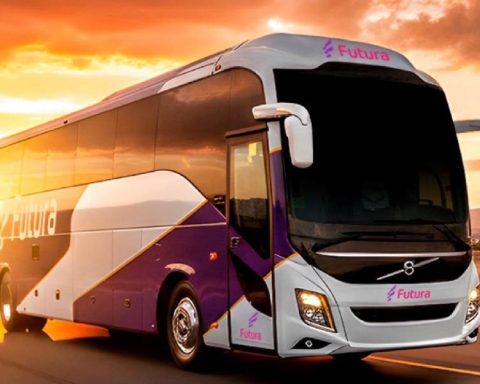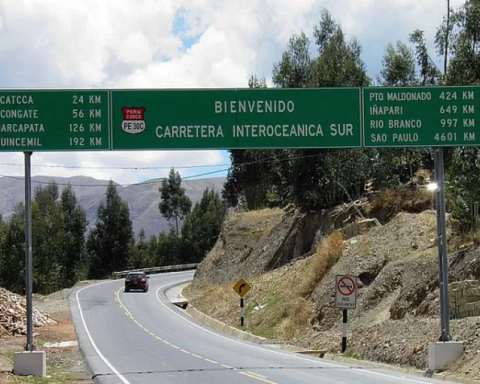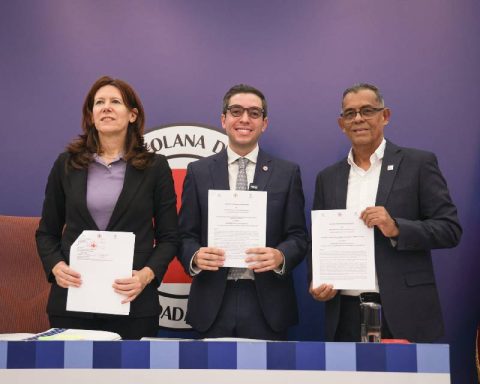AREQUIPA, Peru – Havana’s most notable fountains were built in the 19th and 20th centuries, during the expansion of the old city beyond the city walls and during the period of the Republic.
Unlike other cities, the fountains in the Cuban capital have had an eminently ornamental mission, beautifying parks and squares with their statues and fountains.
Fountain of India (or of Noble Havana)
The Fountain of India, also known as the Fountain of the Noble Havanastands majestically at the southern end of Paseo del Prado, just 100 meters from the capital’s iconic Capitol.
This monument, which captures the mythical essence of the Indian Habana, wife of the chief Habaguanex who ruled the region before the arrival of Christopher Columbusis more than an architectural work; it is a symbol rooted in the history of the Cuban capital.
The Fountain of India was conceived by the skilled architect Giuseppe Gaggini, under the direction of the Count of Villanueva, Don Claudio Martínez de Pinillos. The structure, built with white Carrara marble, rises to an imposing height of three meters, standing out for its neoclassical style and its rich symbolism.
On a quadrangular pedestal, the fountain displays four dolphins in each corner, whose mouths pour water onto shells that make up its base.
The central figure of the Havana Indian wears a crown of feathers on her head and holds a quiver of arrows over her left shoulder. In her left hand, she carries a cornucopia filled with tropical fruits, while in the other she holds the city’s coat of arms.
Neptune Fountain
Imported from Genoa, Italy, this fountain was erected in Havana at the request of the Captain General of the Island, Miguel Tacón, who dedicated it to commerce.
Beyond its ornamental aspect, its main function was to supply drinking water to three ships at the same time. Its history is full of incidents and transfers. In 1997, with the intention of preserving it, it reappeared, thanks to the Historian’s Office, on the shore of the coast, very close to its original location.
Fountain of the Lions

Due to the initiative of the Count of Villanueva, it was located in San Francisco Square of Old Havana in 1836 and its design was commissioned to the same person as the fountain of La India, Giuseppe Gaggini. Today it is one of the most photographed spots in the historic centre of the city.
It is adorned with four lions holding the city’s coat of arms, surrounding the circular base of the fountain. It is a place that, in addition to its beauty, has a deep symbolism linked to the power and protection of the city.
Fountain of the Americas

Erected as a tribute to the discoverer of these lands, it was inaugurated in 1924 as part of the works planned for the new Miramar neighborhood, west of the City of Havana, at the beginning from Fifth Avenue.
It was the work of the American architect John Wilson and the Italian sculptor Pietro Manfredi.
Built in white marble, it consists of four Nereids that, like caryatids, hold giant oyster valves from which water gently falls. At their lower ends there are two carved pieces that show the national shield.
Luminous Fountain

In the mid-twentieth century, during the government of Dr. Ramon Grau San Martin (1944-1948) the fountain was built in a roundabout, known as the intersection of 26th Avenue with Rancho Boyeros and Vía Blanca.
Its construction is attributed to the architect and engineer José San Martín, cousin of the president, who served as Secretary of Public Works during his government.
The fountain is made up of three circular basins, built from stone. A column starts from the first one, which contains the other two, which are smaller in size. The water jets rise to the top of the fountain, giving the work elegance.
Completing the fountain and giving it more prominence, the structure contains, on each level, from bottom to top, red, green, blue and yellow light displays. At its best, from nightfall to dawn, the lights remain lit.
